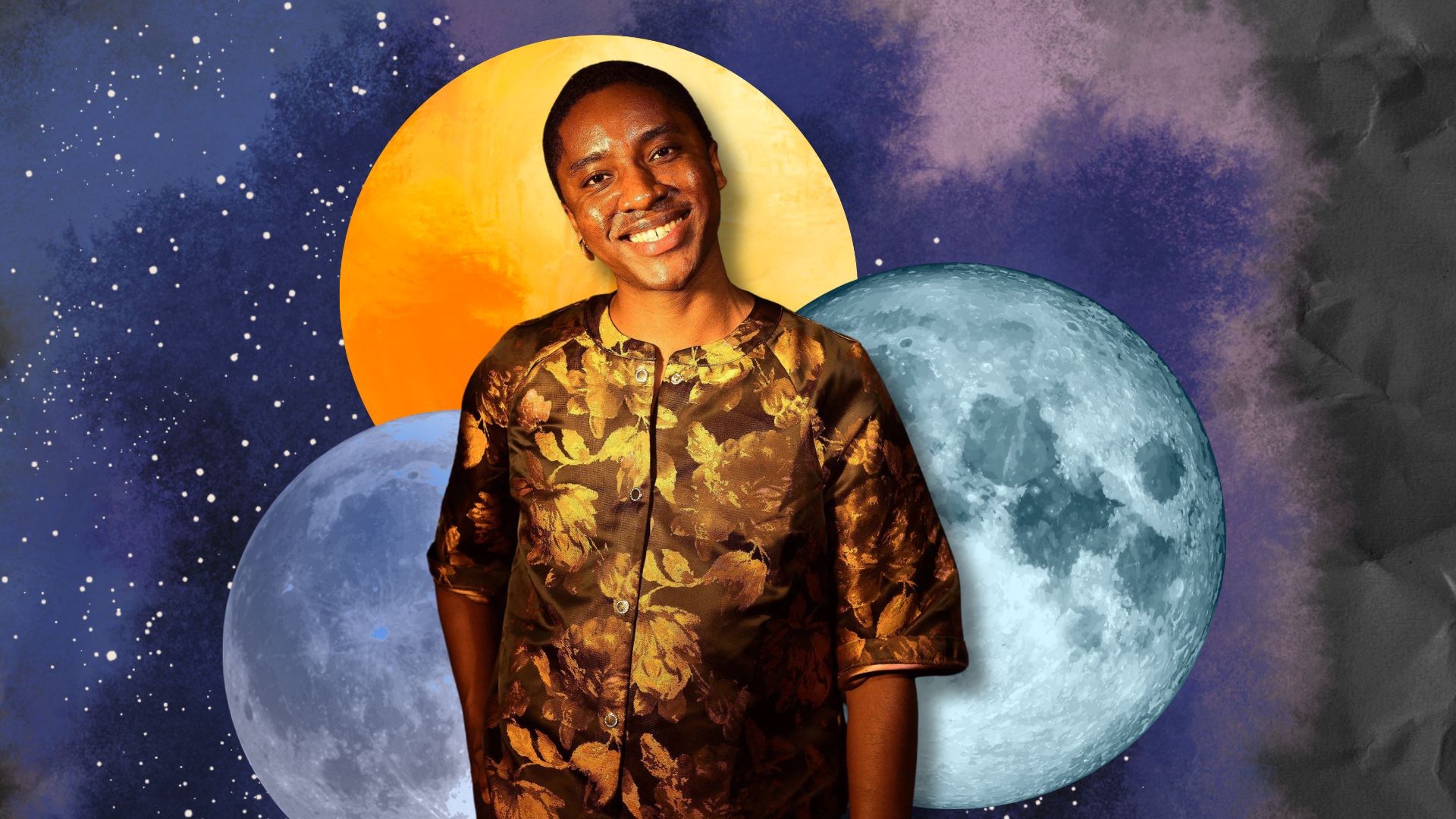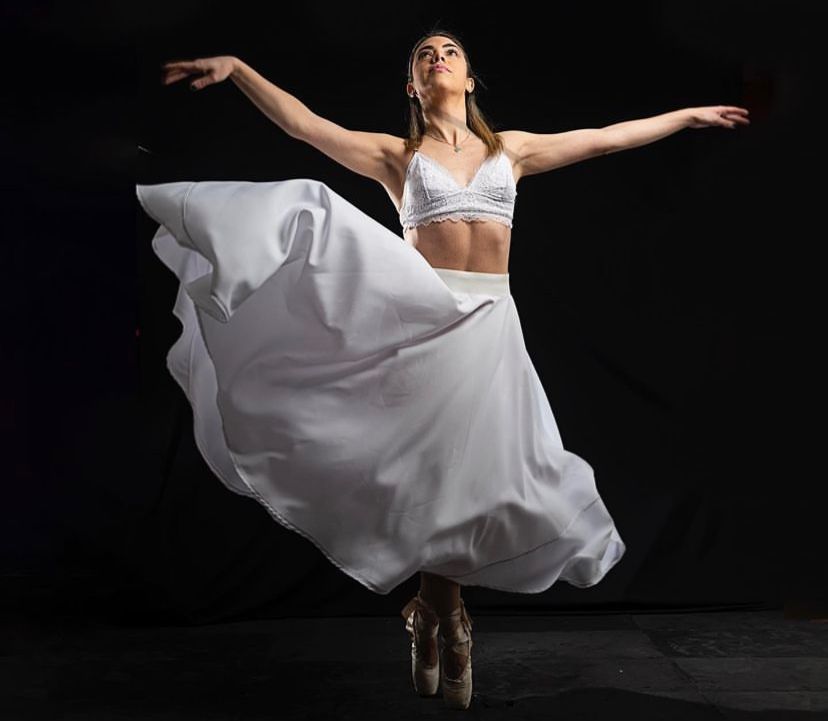We’re looking forward to introducing you to Mary Hrbacek. Check out our conversation below.
Hi Mary, thank you so much for joining us today. We’re thrilled to learn more about your journey, values and what you are currently working on. Let’s start with an ice breaker: When was the last time you felt true joy?
When I was able to relocate my downstairs studio in my building, back to a studio similar to the one I lost due to toxic fumes 12 years ago. There is a bank of large windows overlooking the sky and the East River; I love to sit with my feet on the window ledge and gaze at the beautiful clouds in the sky that I feel so close to. Unfortunately, my hallway is steeped in cigarette smoke, so I must deal just after the move, with this highly charged health concern. I am
trying to work with the situation so it can be resolved. I only moved in a week ago and already a huge issue has surfaced. I spoke of this concern to an art worker and he said, “It sounds like Life.” Surprisingly, I found this assessment quite comforting!
Can you briefly introduce yourself and share what makes you or your brand unique?
When I was ten my family moved to Stockholm Sweden so my Dad could work in the American Embassy there. We lived in a lovely area about three minutes from the Baltic Sea. At fifteen we moved back. I had gone to Swedish school and spoke Swedish so I was very foreign looking; I was never accepted there, just as I was never accepted at the art school I was eventually to attend. Still, I was elected to the Board of Governors and later to asked to join the Alumni committee. In Virginia- DC I was a teacher of handicapped children where I began to be motivated to learn to paint and draw while working on art projects with the kids. making murals on paper. I spent all my free time in the National Gallery where I discovered Cezanne, Courbet’s cave paintings and Van Gogh.
The Corcoran Museum School in DC wasn’t good enough for me! (Irony!) I developed a portfolio and was accepted in an exclusive high end art school in New York with connections to Jackson Pollock, where students were expected to already know how to draw and paint. Unfortunately I had a tough time catching up. Since then I won an award from, Ann Philbin then the Director of the Drawing Center in New York City. I found my voice through taking walks and drawing outdoors in Riverside Park, where one day my vision changed; I began to see many trees that suggested a human presence to me in their connection to human gestures and anatomy. I have found many trees worldwide with these haunted and inhabited expressions. I have been exploring this theme for 20 years and I am not finished with it, although my goal is to make layers that add new imagery and dimensions with more painterly emotional expressions in my brushstrokes. My website is maryhrbacek.com for a look-see!
Great, so let’s dive into your journey a bit more. What did you believe about yourself as a child that you no longer believe?
When I was growing up I had literally no feedback about myself from my parents. After kindergarten my father had to read with me every day so that
I could continue to first grade. I still read quite slowly. I have learned that this is the result of weak “visual reception” which is a psycholinguistic term for the failure to realize at once what one is seeing. On a second read I can usually make out what is on the page in front of me. This slows down reading time a lot. Still now I get through most material I try to cover. I have become an international art critic with the International Association of Art Critics. When young I was good at other things, but the reading weakness, and also confusion when trying to compute numbers in arithmetic problems and in geometry I concluded that I was “retarded.” Emotions played a part in this conclusion because I was upset at being ignored and constantly criticized, I became distressed while my parents were stationed in South Korea. In college, I had no place to go on holidays and very little by way of funds for everyday needs. I suffered emotional pain while my family overseas enjoyed a coterie of servants and an active social and travel agenda.
What have been the defining wounds of your life—and how have you healed them?
I have been most wounded by my family life, to start. My parents were self-centered, to the point of narcissism. They almost never spoke to me or asked me anything about my life. They concentrated on their social life, attending cocktail and dinner parties most nights, giving their family little attention. My mother ignored me and tore down my self-esteem. Neither one ever spoke to me or kissed me good night. I relied on pets for the love I was able to find. When we moved to Sweden my 15 year old sister was already traumatized by rejection from a sorority. In Sweden she had to attend a french speaking school taught by nuns. She stayed most of the time after school ignored in her room. She finally broke down in college and was diagnosed with schizophrenia. No one told me anything about her condition. I felt so alone most of my childhood, as if I didn’t exist. Later when my brother was found to be learning disabled, my father completely abandoned him emotionally, Intelligence is an ego trip for the Foreign Service Officers in the State Department. Dad could not boast about him to his colleagues as he could not learn in school. He became schizophrenic too, and later broke down to finally disappear completely. I loved my brother and I have always missed him so much. Luckily, I have found talk therapy to be a tremendous help in uncovering the hidden agendas that were operating in the family cliques with my two sisters and my mother. I was told nothing about myself, so I had to develop my understandings of identity and behavior from the ground up! I thought I would always need therapy but I became strong enough to navigate the world without it. I am so grateful to the wonderful professionals that have helped me along the way to maturity. It was through my gradual awakening by exploring issues that has allowed me to heal. It has taken most of my life but I am good now!
So a lot of these questions go deep, but if you are open to it, we’ve got a few more questions that we’d love to get your take on. What are the biggest lies your industry tells itself?
After navigating and surviving in the New York Art World for quite a few decades, I am overwhelmingly sure that the practice of maintaining lists of people who are to be excluded from networking, showing their work, opening up their studios successfully with Google My Business and any kind of activity that forwards their art, is keeping the Art World energy focused away from the excellence in art they should be pursuing. The widespread cronyism that centers on the high end art schools and universities here and elsewhere prevents the concept of “merit” to flourish. Those whose works really are not especially strong, more or less average, are reviewed whereas super strong shows by “outsiders” who are not in the clique, are intentionally ignored. This type of unethical insider allegiance, in order to get benefits functions to provide for their requirements for grants, shows, studios, positions etc. to the exclusion of opportunities for others by cronies who are members of boards, or other posts of power. Participants are not basically allowed to be friends with the outsiders. It is very sad! This entire network functions to work against the growth and dynamism of the Art World in New York and elsewhere, where these groups maintain their cliques. I have been told on good authority that it is actually their mission to crush the competition and they act on this path vigilantly.
Okay, so let’s keep going with one more question that means a lot to us: What do you understand deeply that most people don’t?
Because I have been excluded socially so often in New York Art World, where it is understood that networking is vital for career progress, I have spent my time developing the sources I have discovered that sustain my art. I have spent time alone drawing, and walking in City parks or hiking in the woods in Vermont with my husband. I discovered that I am almost never actually alone at all. For instance, I began to realize, when my attention was silently riveted by a special tree, that sap that was flowing from it’s upper limb. That tree was letting me know it’s branch was broken. I felt a strong connection with it, as if it was silently speaking to me. Sometimes when I am walking to my studio in Harlem, I have noticed very amazing young sycamore trees that seem to be attracting my attention for a connection. I usually photograph these trees for future subjects in my art. I have mentioned before I noticed that the tree trunks and limbs are reminiscent of human body parts, which accentuates the unity of every beings. In Vermont, at the Derby Line Village Inn, there was a special human-like tree I noticed that looked like a skull was projecting up from the trunk. I painted it and made a video of it. One day when I was entering the Inn, I glanced back and actually noticed for an instant, a standing man. Not all trees have these characteristics, but to me, these trees are sacred. They should be preserved, not cut down for parking, as they so often are in my experience. It is true, a friend brought to my attention the fact that I am a “highly sensitive person.” There are actually articles and books written about people like me! she is also highly sensitive; she is an international art curator who specializes in Korean art.
Contact Info:
- Website: https://maryhrbacek.com
- Instagram: @maryhrbacek_trees
- Twitter: @maryhrbacek
- Facebook: https://www.facebook.com/maryhrbacek

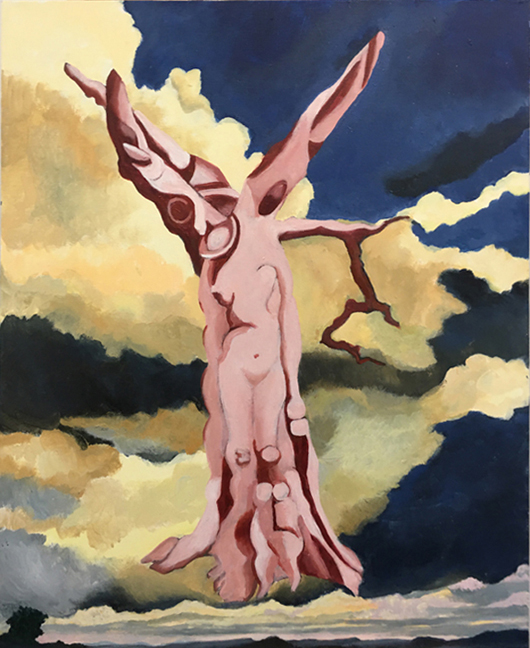

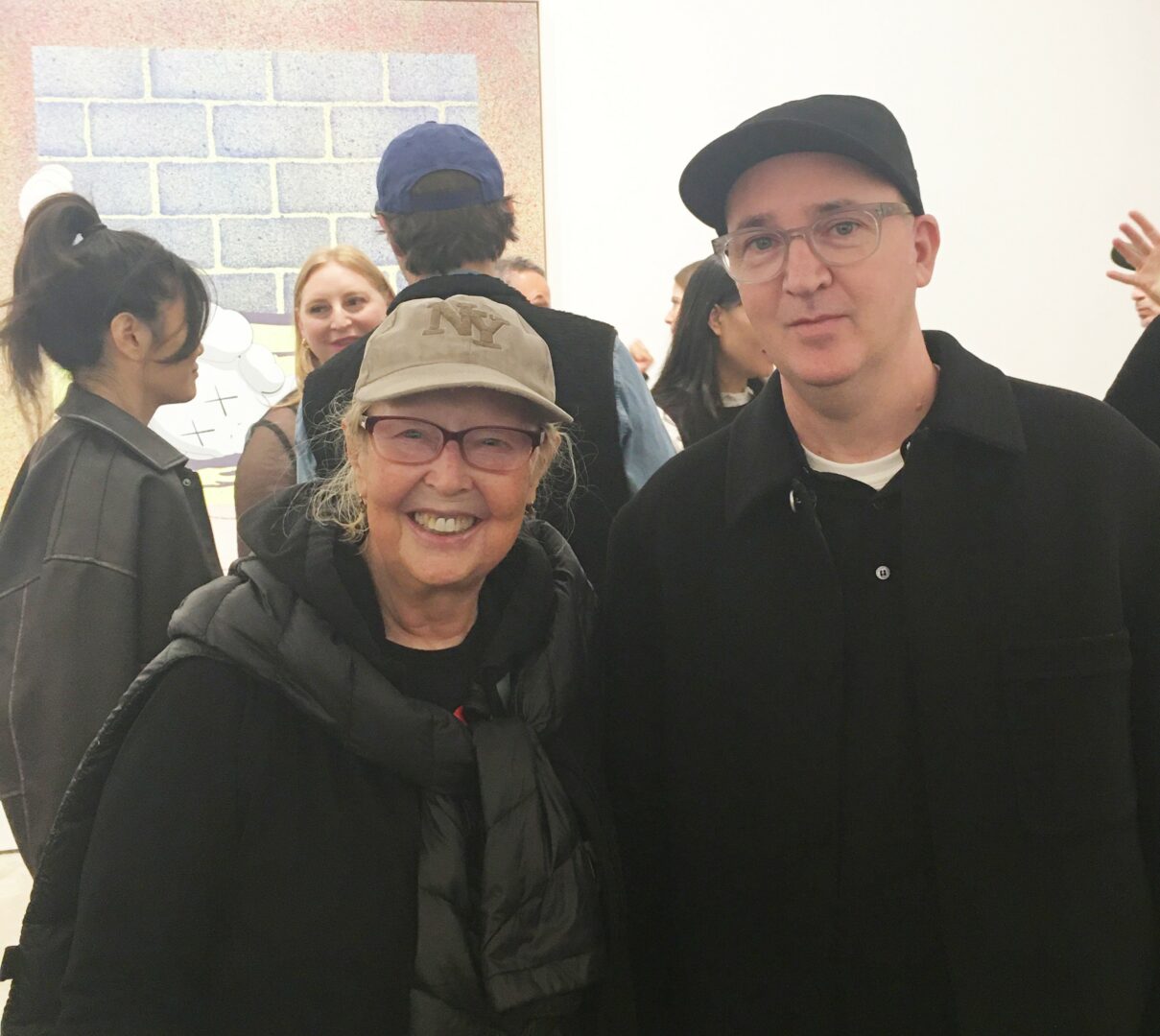
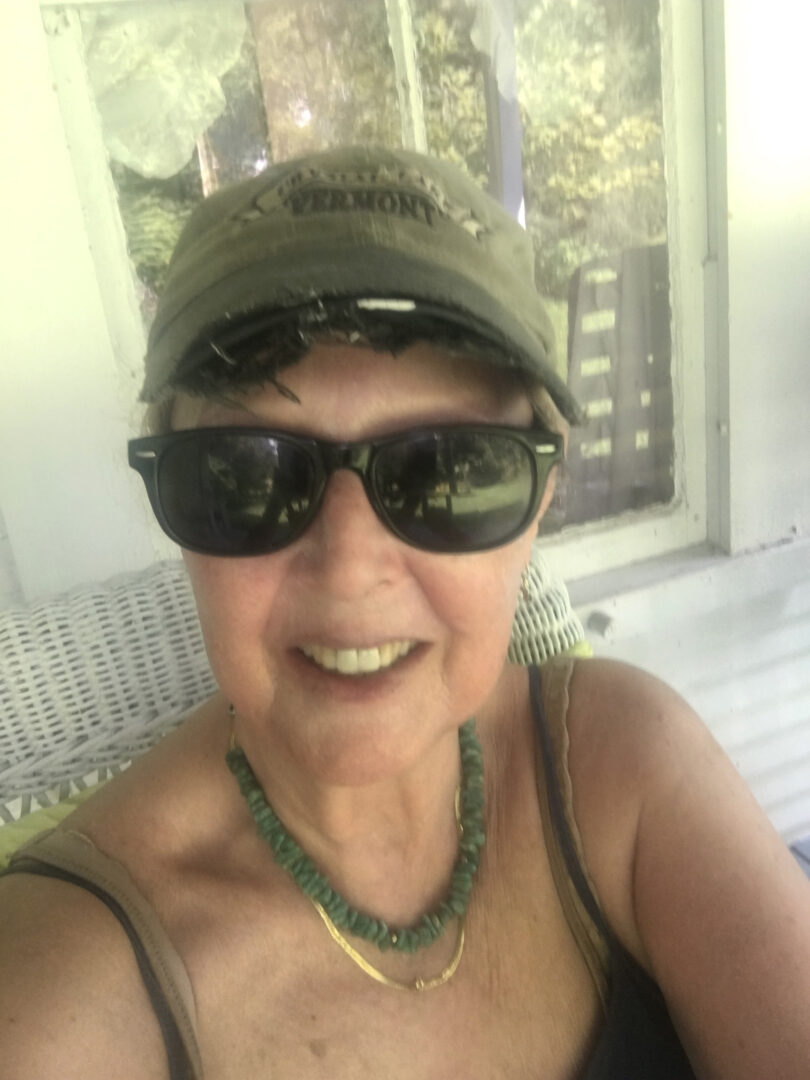
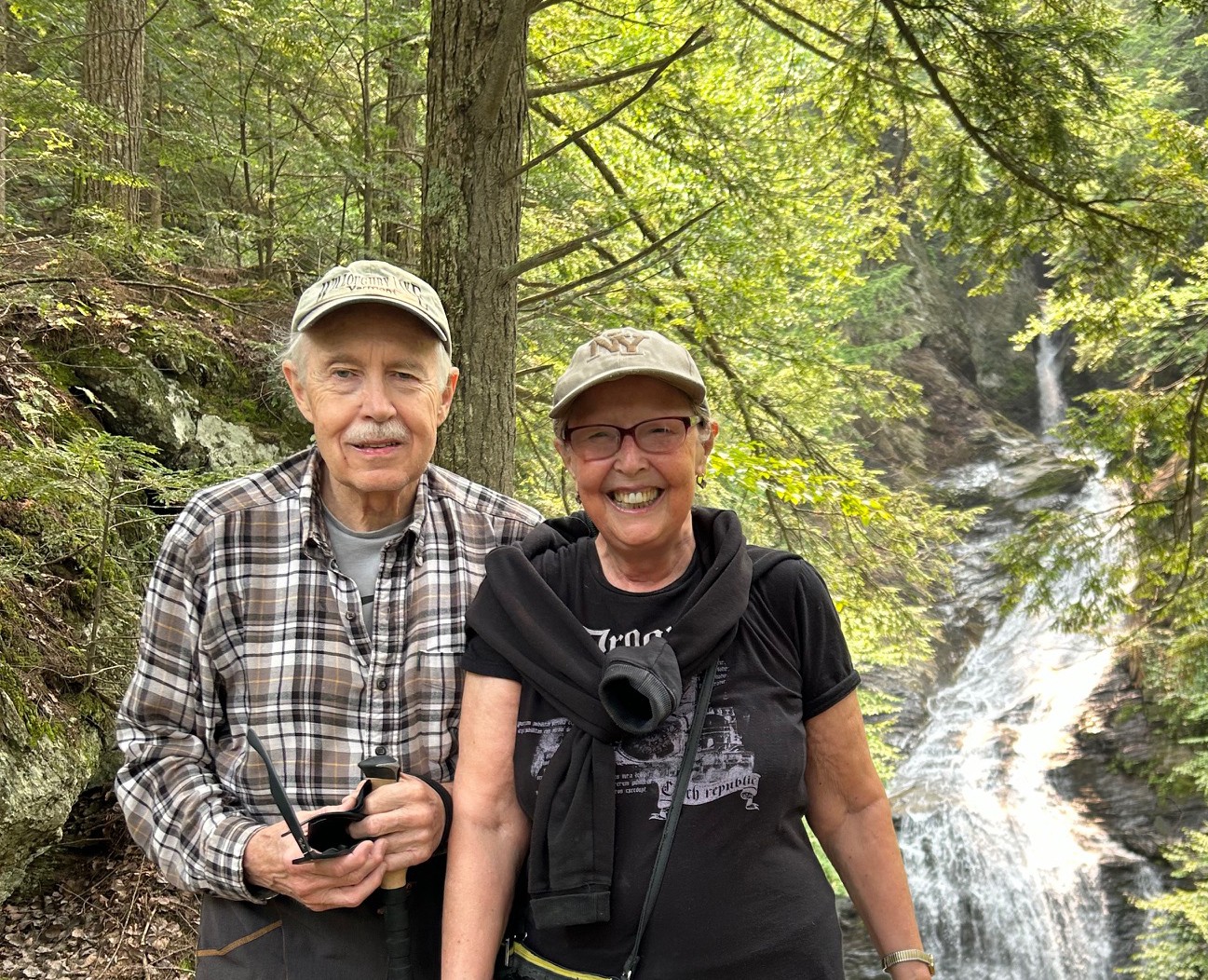
Image Credits
Mary Hrbacek
Twilight of the Gods
Tree Woman in the Wind
Self Portrait
Mary Hrbacek and Ed Rubin
Mary Hrbacek and Kaws
Mary Hrbacek
Mary and Karel Hrbacek
so if you or someone you know deserves recognition please let us know here.


